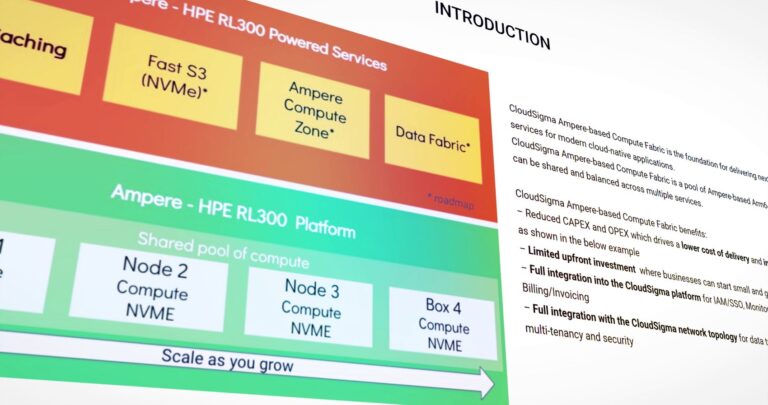The rate of change of technology is rapid and is exponentially rising.
In terms of office space and the technology that employees want to have access to in the future, what does this look like?
Back in the post war days when offices were becoming the norm for both men and women for the first time, the biggest concern was whether you would let your daughter work in an open plan office! Nowadays, flexibility is the key area of focus, with 54% of people saying they would leave their job if they were not permitted a degree of flexibility.
Statistics show that people want on average a maximum of 2.5 days per week working in the office. Office technology must keep up with the pace of change and offer flexible ways of working to match the employee demand.
We are experiencing the largest societal change in many years, and are in the midst of a perfect storm. 24/7 support is required to sustain these brand new business models that have sprung up as a result of post pandemic ways of working. Employees are now demanding better employee experience and an increased focus on wellbeing initiatives, something which can be supported by implementing smart office technology for your workplace.
What is a smart office?
Smart offices incorporate technology to increase and boost employee productivity, employee experience and wellbeing.
Workplace experience includes the full experience of being in the office, everything from making a meeting room booking to getting a coffee, making a call, and getting help from HR. The experience is made “smart” when the principles of hyper-personalisation and converged automation are applied.
Tech trends to watch out for in the smart office
The key tech trends to watch out for in the coming years when implementing a smart office model are:
- Converged automation
Converged automation involves the merging of disciplines – HR, IT and facilities management and using the data from all these areas to create smart automated responses. Data-driven decision making underpins this approach to IT services. Customers will ask more and more often to interact via video rather than via webchat so service desks need to provide this option.
- Hyperpersonalisation
In the context of a smart office, hyper personalisation looks like providing a unique experience for the serviced office space, predicting your needs with technology. With technology mapping patterns of behaviour and building precise user profiles, services are offered in a uniquely personal way – from the way you drink your coffee in the morning to booking your desk, tailoring the light, air and desk space to suit the user profile requirements.
It can even go a step further with enhancements like tinted windows for those with neurodiversity needs, in order to provide a more accessible office space for everyone. The possibilities are limitless and are just starting to become more widespread. With accessibility in the workplace being placed higher on the agenda than ever before, it’s a good time for your business to carry out an audit to check if it is meeting basic accessibility requirements for all your employees – and problem solve anything which comes up with smart technology.
- Real time translation
Facilitating real time translation in a conversation is the future of translation services. This will help people from around the world to conference in a new way. Doing business internationally has never been easier with the use of smart devices to enhance business communications.
Smart lockers and smart vending
Lockers and vending play a part in the new world of the smart office. Automated collection and delivery of resources is part and parcel of this new age office environment, with smart lockers and vending machines providing 24/7 IT support provision. In the new world of the smart office, the needs of the end user are anticipated and are available when the employee requires.
What are the benefits to your business of service automation?
Embedding automated services creates cost and efficiency savings for your business, but it also means your employees will be happier in the physical workplace, and will likely enjoy coming to work more, as their needs are better met.
In an ideal world, employees can enjoy these services and benefits from the physical office space as well as from home, and all services will be provided in an accessible format for everyone. Smart vending machines and smart technology are now meeting these remote access requirements from anywhere at anytime!
All the physical enhancements enjoyed by inhabitants of smart offices may seem futuristic right now, but in just a matter of time they will become more mainstream. If your business gets ahead of the curve and becomes an early adopter of these technologies then this will have the advantage of positioning you as a better and more attractive employer when you are looking to recruit the best talent.
About the Author
Anthony Lamoureux is CEO of Velocity Smart Technology. Welcome to the future of IT Support. Velocity Smart Technology is the home of Velocity Smart Cloud platform and its connected IOT for Enterprise devices including Velocity Smart Lockers and Smart Vending.
Featured image: ©Artem


